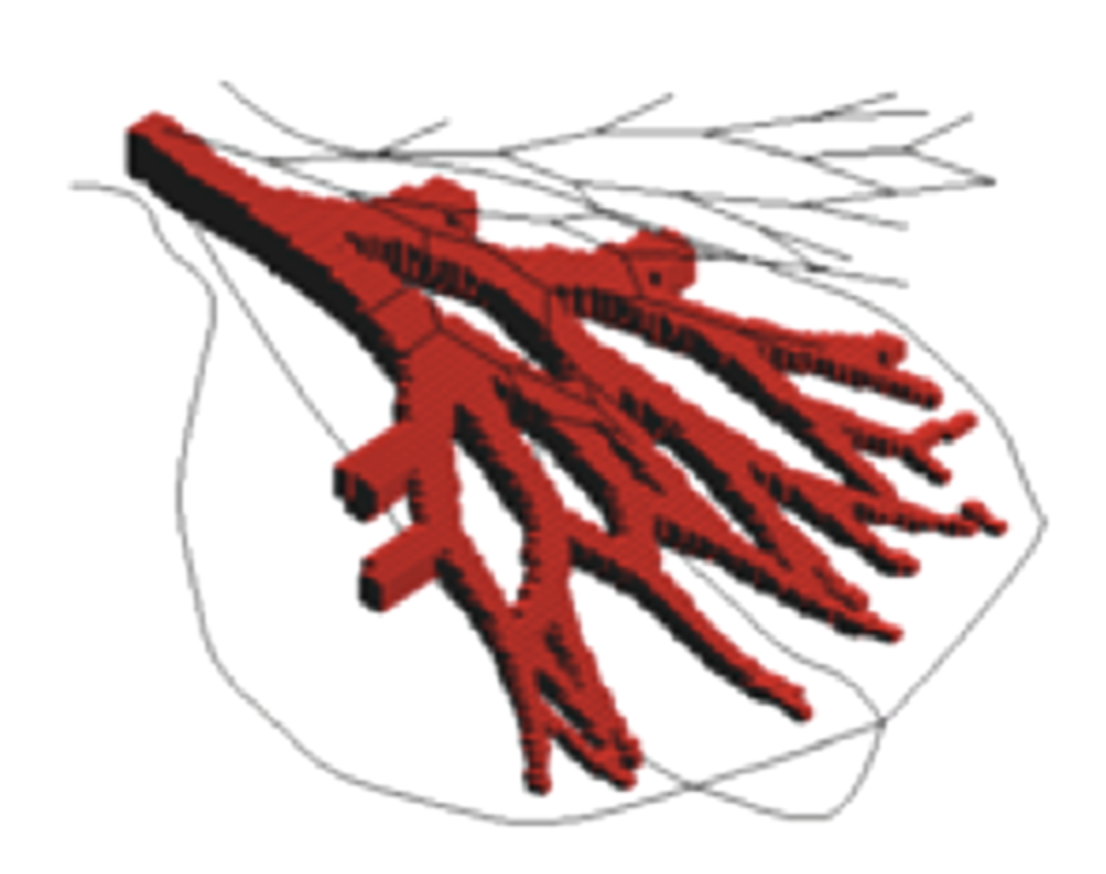Reservoir Modeling
Regions of interest in oil and gas exploration are characterized by rock formations where important hydrocarbon reservoirs are located. To improve the capacity for the production and recovery of fluids in these regions, we are looking for more realistic characterizations of the reservoir model, specifically the depositional model of the rock present.
The generation of more realistic flow models is associated with research into generating multiple facies scenarios that can incorporate the uncertainty associated with the reservoir model.
One of the main objectives of this line of research is to establish methodologies for modeling the depositional architecture of a rock formation and its petrophysical properties. One of our focuses has been the characterization of turbiditic lobes. Turbiditic currents are flows of sediments induced by gravitational force, giving rise to deposits called turbiditic lobes.
SKESIM was one of the models proposed for this type of formation, starting from a graph that includes, during its generation, multiple equiprobable scenarios that reproduce the spatial variability of the structure. A three-dimensional turbidite channel system is generated from information extracted from a training image.


